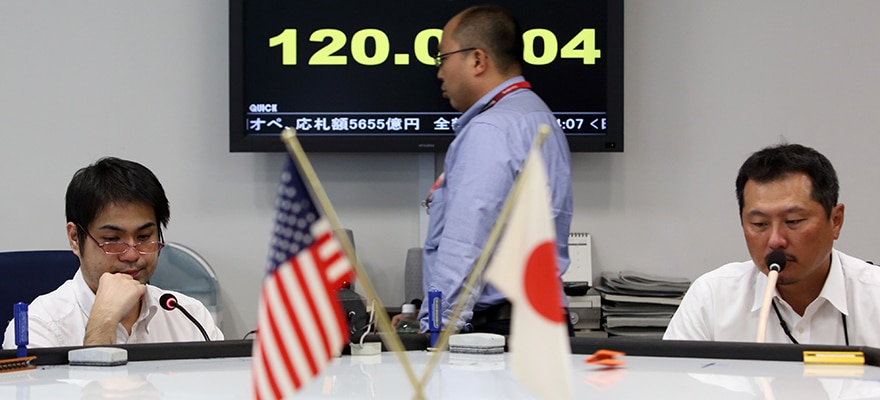Foreign Exchange trading volumes across Japan have declined by slightly more than 7 percent in April. The subdued Volatility in the Japanese yen crosses has contributed the most to the decline, as the USD/JPY traded in a tight range and the EUR/JPY volatility declined when compared to March.
The figure reported by the Financial Futures Association of Japan (FFAJ) in April totaled ¥462 trillion ($3.85 trillion). The number remains impressive by global standards as retail investors in the country continue to look to diversify their savings away from the Japanese yen and away from years of ultra-low deposit interest rates in Japanese banks.
The number remains impressive by global standards as retail investors in the country continue to look where to diversify their savings
The trading activity in April has been broadly in line with the rest of the world as Japanese traders have become increasingly interested in trading other major currency pairs such as the EUR/USD. Activity in that pair has spiked higher by 6.5% in April.
Another big contributor to the rise in trading activity has been the British pound cross. GBP/JPY trading increased by 4% in the run up to the U.K. elections. As volatility in that pair continued after the polls, we can expect a further increase in May.
One of the favorite carry trade currencies for Japanese investors, the Australian dollar, has also marked the month with increased trading activity. The AUD/JPY activity increased 12% last month after commodities recovered somewhat and Chinese demand appeared to be stabilizing.
Looking ahead, the decline in trading activity in April is likely to be temporary. Brokers in Japan might experience a back-to-back monthly decline due to the dormant Japanese yen volatility. However, there is scope for trade to recover in subsequent months as speculation about increasing the Bank of Japan quantitative and qualitative easing effort materializes.

















